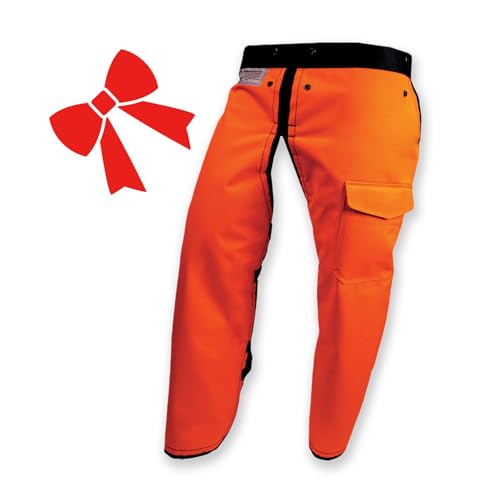Brmorgan
Addicted to ArboristSite
- Joined
- Apr 22, 2008
- Messages
- 3,248
- Reaction score
- 348
Fellow AS member Deeker was asking me about lumber grading info a few weeks ago, so I told him I'd work on scanning all my grading training materials and post that here when done. However I ended up housesitting for a neighbor for the last 2-1/2 weeks and haven't been able to get around to it. I'm back home now though, so I'll be digging through all my books and papers and scanning whatever might be of use. And there won't be any copyright issues with this one! All my training materials were prepared locally by the lumber association so I don't have to worry about publishers etc.
The info I have is more specific towards structural & softwood lumber, but the general concepts can be used as guidelines for all wood types. Hardwood grading is a completely different animal altogether, but most of the training info is regarding different wood defects etc. and how/why they affect a piece of wood, and this information is applicable to all grading processes.
So if anyone has anything specific they'd like to know about grading lumber, post it here and I'll impart whatever knowledge I can.
The info I have is more specific towards structural & softwood lumber, but the general concepts can be used as guidelines for all wood types. Hardwood grading is a completely different animal altogether, but most of the training info is regarding different wood defects etc. and how/why they affect a piece of wood, and this information is applicable to all grading processes.
So if anyone has anything specific they'd like to know about grading lumber, post it here and I'll impart whatever knowledge I can.
























































